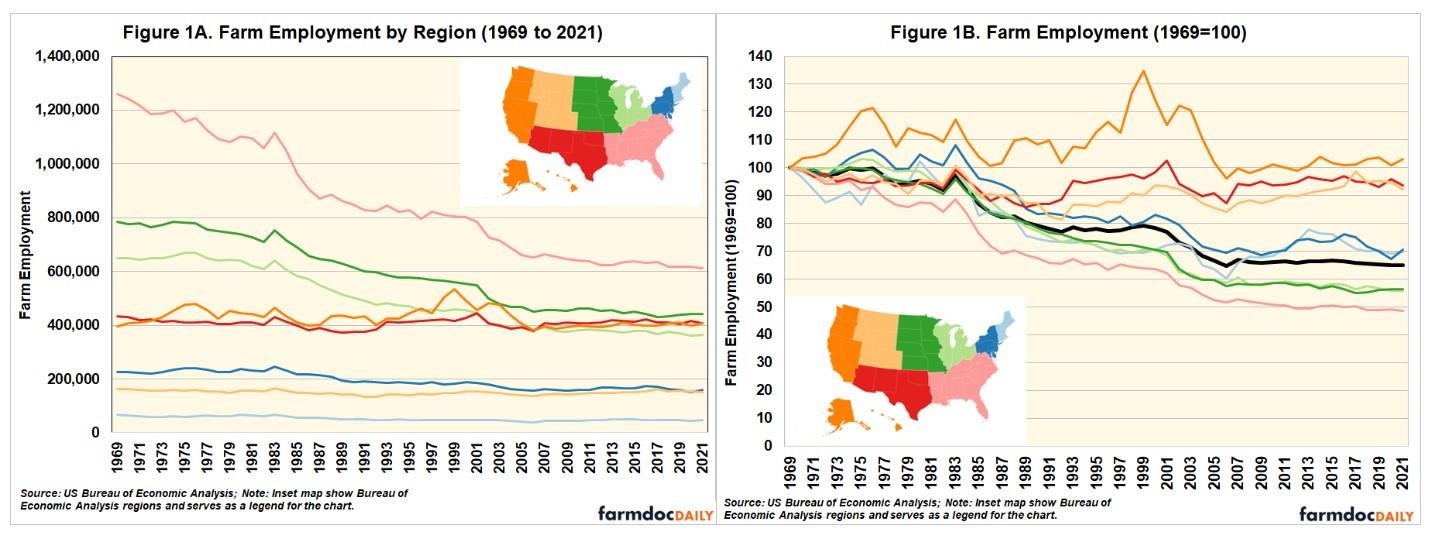Despite rising competition in the cheese space, U.S. exports held strong, increasing 16% (+4,582 MT) thanks to solid growth across the world but particularly in Latin America, Middle East/North Africa and Japan.
Looking ahead, challenges remain with low-priced European cheese on the market, uncertainty from China and economic headwinds. Nonetheless, U.S. dairy exports are off to a running start in 2023.

Mexican demand surges in January
After establishing a new volume record in Mexico in 2022, U.S. dairy suppliers picked up where they left off in January 2023. Year-over-year U.S. dairy export volume to Mexico rose for the fifth straight month, led by NFDM/SMP and cheese.
U.S. NFDM/SMP exports to Mexico soared 75% (+15,625 MT) to 36,520 MT in January. U.S. cheese shipments jumped 21% (+1,578 MT) to 9,159 MT, buoyed by demand for U.S. gouda. Both the NFDM/SMP and cheese totals were easily January records (in fact, before this year, the U.S. never shipped more than 29,000 MT of NFDM/SMP to Mexico in January).
Many other U.S. dairy export categories (while smaller in volume) fared similarly well: Year-over-year U.S. lactose shipments to Mexico rose 52% (+922 MT), milk protein concentrate increased 54% (+524 MT), whey grew 18% (+451 MT), and butter gained 40% (+48 MT).
The source of the gains can be traced to solid Mexican economic growth, a tight domestic milk supply and favorable U.S. milk powder and cheese prices.
On the economic front, the Mexican economy grew for five straight quarters through the end of 2022, lifting consumer demand. In addition, the peso gained value against the U.S. dollar throughout the year (it reached a nearly six-year high this week), helping to make imports more affordable. And a boom in post-COVID tourism in Mexico helped drive cheese consumption.
It’s a positive start to the year for U.S. exports to Mexico, but some factors bear watching in the months ahead. Tailwinds from Mexico’s post-COVID economic reopening are weakening. Mexican growth slowed in the fourth quarter of 2022, and analysts forecast economic expansion this year will come in under 1% (compared to 3.7% in 2022).
WPC80+ exports start off strong
U.S. exports of high-protein whey products excelled in January, continuing to rebound after stagnating for much of 2022. Year-over-year January shipments increased 14% (+569 MT), marking the fourth straight month of growth.
Despite the Q4 surge, U.S. exports of WPC80+ in 2022 were essentially flat (+0.3%, +222 MT), largely attributed to weaker global demand caused in part by higher prices. Global WPC80+ trade contracted by 9% last year. Prices for high-protein whey in early 2022 were more than double those in early 2021, and they stayed elevated through the first three quarters of the year. It wasn’t until Q4 of 2022 that we started to see some meaningful price declines. That prolonged high-price environment burned off demand globally, but the U.S. was able to weather that pullback better than the EU and New Zealand, which saw declines of 17% (-8,268 MT) and 16% (-4,289 MT), respectively, in 2022.
Click here to see more...